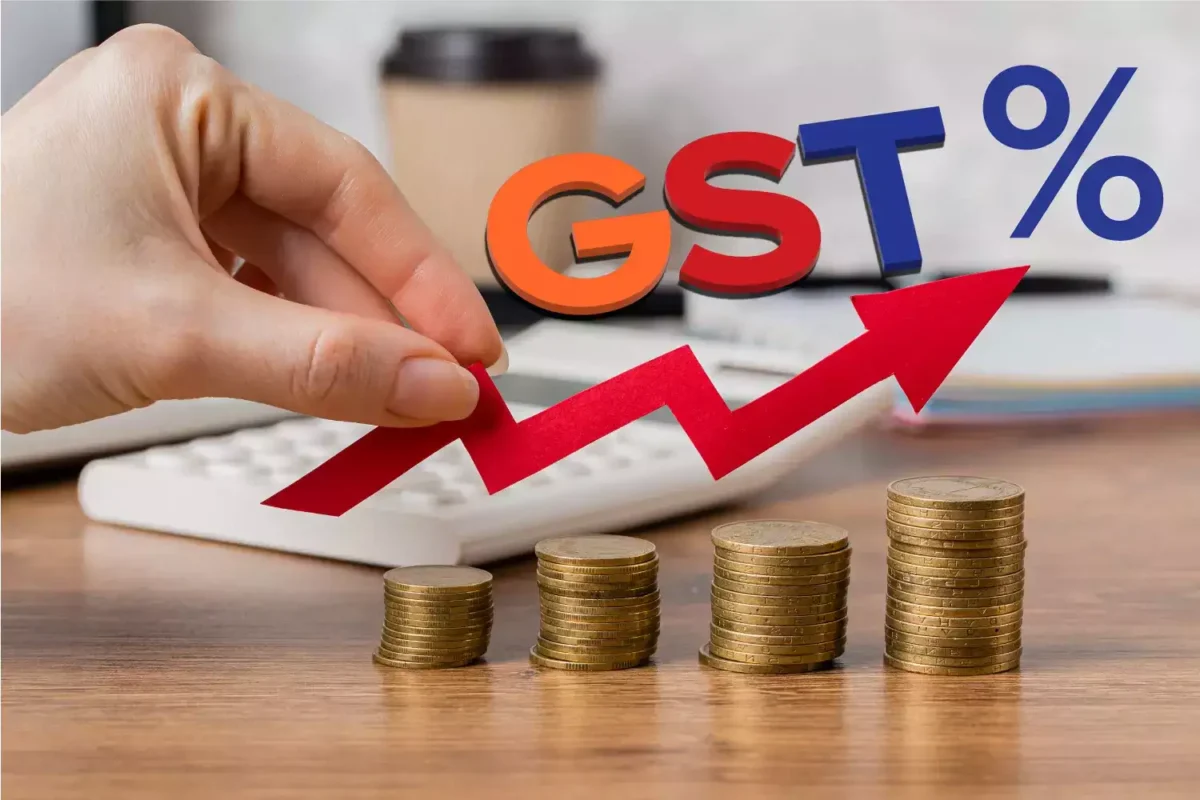The manufacturing activity in India registered its weakest growth of 2024 in December as the Manufacturing Purchasing Managers’ Index (PMI) fell to 56.4, down from 56.5 in November. The data indicated softer demand in the sector despite easing cost pressures and strong jobs growth.
The HSBC Final India Manufacturing PMI, compiled by S&P Global, showed that while the headline figure was down from 56.5 in November, but remained above its long-run average of 54.1 thereby signalling a robust rate of growth. Both output and new orders – a key gauge for demand – continued to rise last month but the improvement slowed. On employment front, the data indicated that the rate of job creation quickened to the fastest in four months. Around one-in-ten companies recruited extra staff, while fewer than 2 per cent of firms shed jobs.
“India’s manufacturing activity ended a strong 2024 with a soft note amidst more signs of a slowing trend, albeit moderate, in the industrial sector. The rate of expansion in new orders was the slowest in the year, suggesting weaker growth in future production. That said, there was some uplift in the growth of new export orders, which rose at the fastest pace since July. The rise in input prices eased slightly, wrapping up the year when Indian manufacturers felt the strain of sharp cost pressures,” said Ines Lam, Economist at HSBC. Manufacturing PMI declined to a joint 11-month low of 56.5 in November, down from 57.5 in October, indicating a slowdown in manufacturing growth. Despite this deceleration, the PMI remained above the 50-mark, signifying continued expansion in the manufacturing sector.
The slowdown was attributed to increased competition and rising price pressures, with input cost inflation reaching its highest since July. Notably, there was a significant rise in selling prices, marking the steepest increase since October 2013.
What is Manufacturing PMI?
Manufacturing PMI data is an economic indicator that measures the activity level in the manufacturing sector. It is based on a survey of purchasing managers across manufacturing industries and provides insights into business conditions, including production, new orders, employment, supplier delivery times, and inventory levels.
This data is closely watched as an early indicator of economic health, helping businesses, policymakers, and investors gauge trends in the manufacturing industry and overall economy.
GDP slowdown
India’s GDP growth slowed to 5.4 per cent in the second quarter of FY25, marking its weakest performance in nearly two years. Key factors include sluggish manufacturing growth (2.2 per cent) and reduced private consumption due to high inflation and borrowing costs. Headline inflation surpassed the Reserve Bank of India’s (RBI) 4-6 per cent target, eroding purchasing power. Government spending also dipped amid election-year fiscal constraints.
Urban demand softened due to elevated food prices and weak wage growth, though rural consumption showed signs of recovery. Despite these headwinds, agriculture grew 3.5 per cent, rebounding from a prolonged slowdown.
The RBI revised its annual growth forecast to 6.6 per cent from 7.2 per cent, signaling caution over economic momentum. Policymakers face challenges balancing inflation control and demand stimulation.
Top-notch SEBI registered research analyst
Best SEBI registered Intraday tips provider
Telegram | Facebook | Instagram
Call: +91 9624421555 / +91 9624461555





